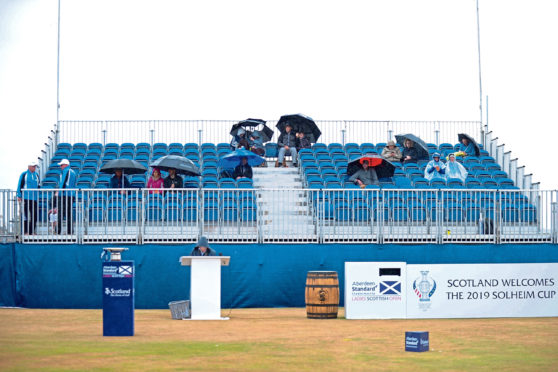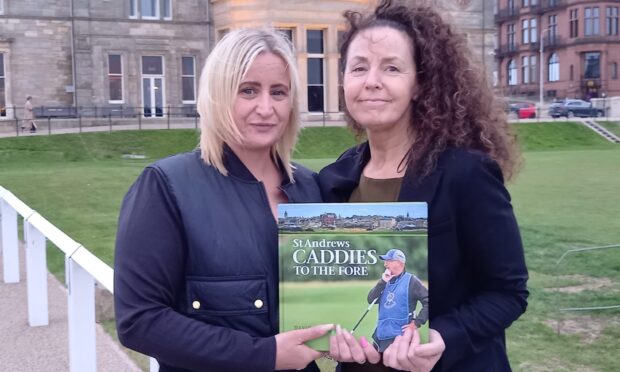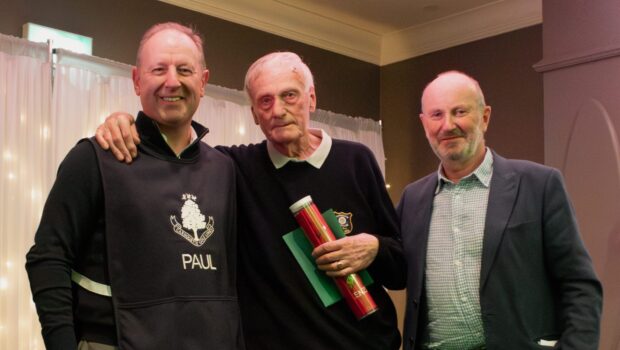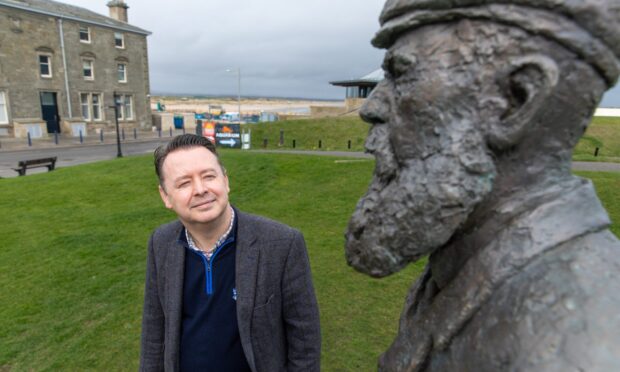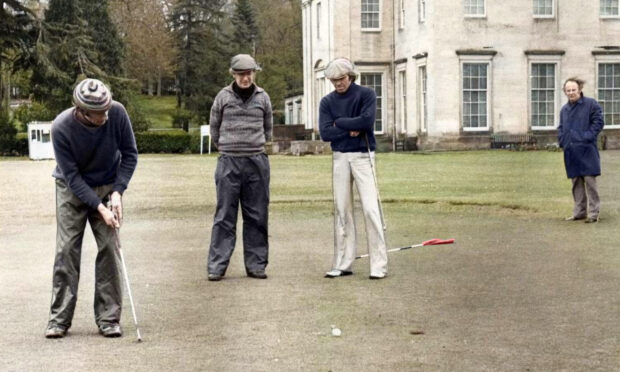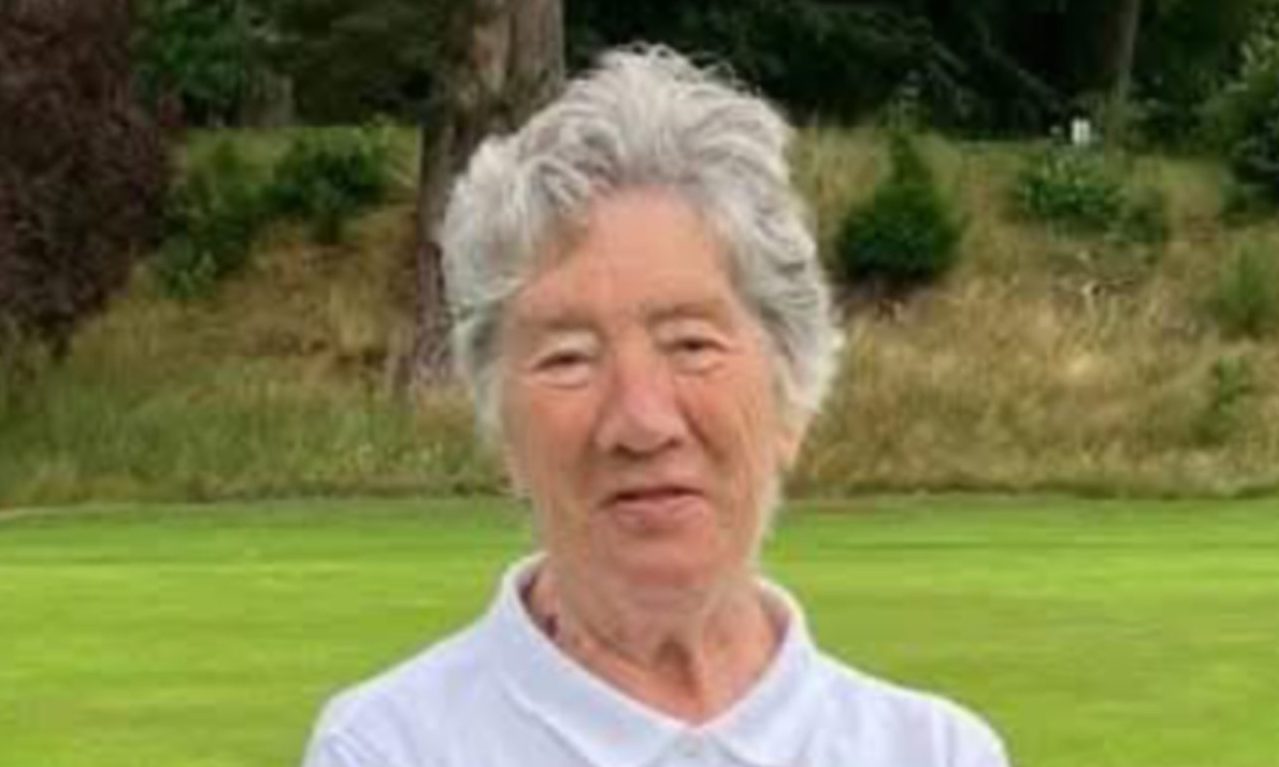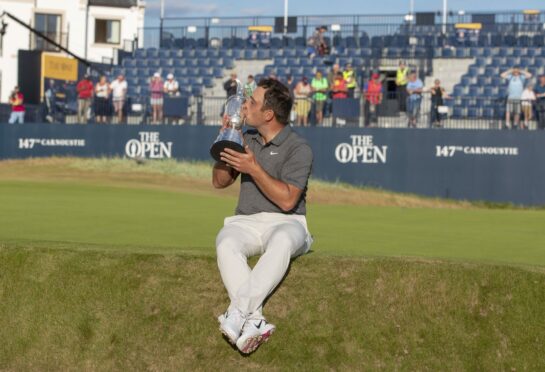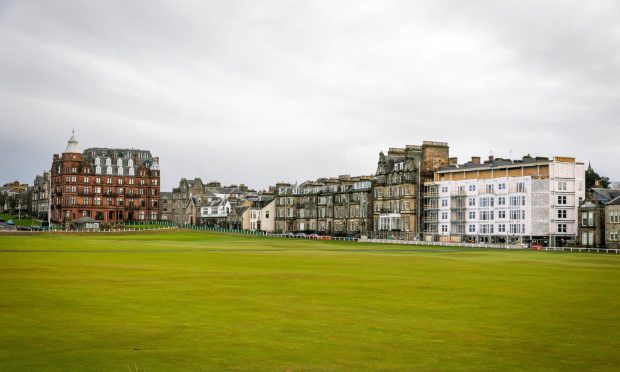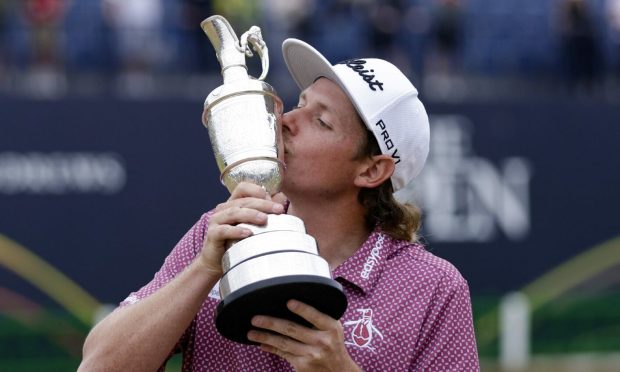There’s very little that is new in golf. In a month’s time, the Sunningdale Foursomes marks what the general consensus accepts is the start of the British golf season.
Some believe the foursomes, staged at maybe the finest inland golf course in these isles, marks the actual official arrival of spring, although I wouldn’t go quite that far.
It’s been operating since 1934, and it’s always been a mixed event – men and women, amateurs and professionals, competing with and against each other.
Mixed events are the plat du jour of golf right now, it seems. The Berkhamsted Trophy, a premier amateur event on the English circuit for 60 years, will accept women’s entries from this year.
Last week’s Vic Open near Melbourne was held for the second time, jointly promoted by the European Tour, the Ladies European Tour, and the two Australian professional bodies. Men and women compete on the same course (though not the same length) for the same size of prizefund.
Later this year, Swedish superstars Annika Sorenstam and Henrik Stenson have teamed up to promote the Scandanvian Mixed, held in June the week before the US Open.
Jay Monahan, chief blue blazer at the PGA Tour, has said that it’s “only a matter of time” before there’s a joint PGA Tour/LPGA event, although giving no hint to how much time it will actually take. To be entirely fair, the PGA Tour and LPGA did run a mixed foursomes in the recent past.
In the meantime, the crusty old World Cup, which always needs an injection of interest, is talking about going mixed. Which hopefully could be a precursor to a mixed medal event at the Olympics.
Regular readers will know that T2G wholeheartedly endorses these moves toward a more egalitarian world in golf. It’s taken us 250 years for the mainstream world of men’s golf to get to this idea that it’s not really a great thing to be hostile to half the population, so there’s a whole lot of catching up to do.
Personally, I’m even fully in favour of tokenism, if it’s a catalyst to actually getting somewhere. If, like the two or three women admitted to Augusta National Golf Club, it’s just window dressing, then we still have the same problem.
And it seems that’s where we are with the mixed events right now. The Vic Open is a great idea and looks like a fun event, but it’s still a small one. The prizefund is less than €1 million, which makes it the lowest paying event on the entire European Tour.
Annika and Henrik’s event in June pays out €1.5 million, which still lands it well below the second tier of European Tour events on the season.
All things are relative – if you look at the recently released and revitalised Ladies European Tour schedule for 2020, the Scandanavian Mixed is one of the top payers, alongside the Ladies Scottish Open, which pays enough to get LPGA stars coming across the Atlantic.
Bridging the pay gap between the sexes in golf is probably a pipedream in the eyes of the administrators of the game. But surely you don’t get any demerits for actually trying.
Geoff Ogilvy, the thoughtful former US Open champion from Australia, went full bore of the authorities at the Vic Open last week, pointing out that while mixed events were great, there weren’t nearly enough of them. There’s an obvious opportunity near to hand.
The Aberdeen Standard Investments Scottish Open is a Rolex Series event on the European Tour, and the women’s version – still called the Ladies Scottish Open for some reason – is one of the top ranked events on the LET.
The prizefund for the men’s is the Rolex Series staple of $7 million, and for the women it’s $1.64 million, and that got a considerable hike in the last four years thanks to the enlightened principles of ASI’s recently retired chief executive and golf fanatic, Martin Gilbert.
The events are now played customarily at the same venue, usually three or four weeks apart, and much of the infrastructure built for the men’s version is retained for the women’s.
But while it seems like a reasonable and logical move to have both versions at the same place, having them a few weeks apart damages the women’s version in terms of the box office and in terms of media attention.
So why not have them both at the same venue, but also at the same time? Reduced fields are apparently acceptable to the European Tour to combat slow play, so why not to fit both national Opens in?
This would also address the perennial problem with women’s sport – it can’t build more attention and popularity without it being afforded some attention in the first place.
Once more, regrettably, we have to turn to T2G’s least favourite sport, tennis, for an illustration of this.
Their majors accord equal status, prizemoney and focus to the men’s and women’s versions, staged at the same locations each year.
Paying the same prizemoney in golf is going to take a while – if it’s even achieveable – but in the meantime, there’s a chance to get started in the right direction by combining all the resources available in one direction.
